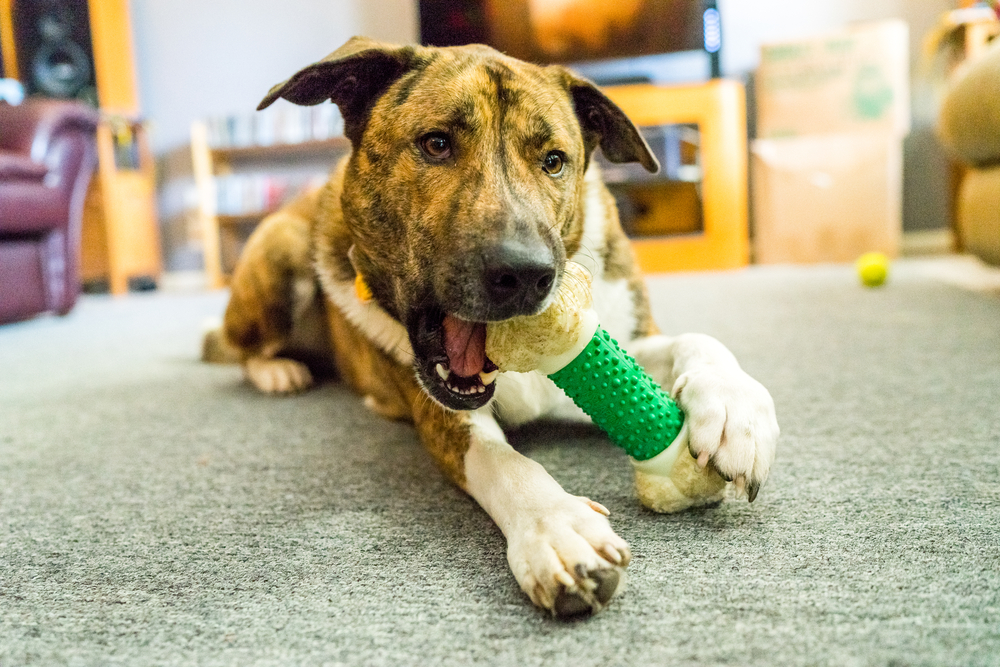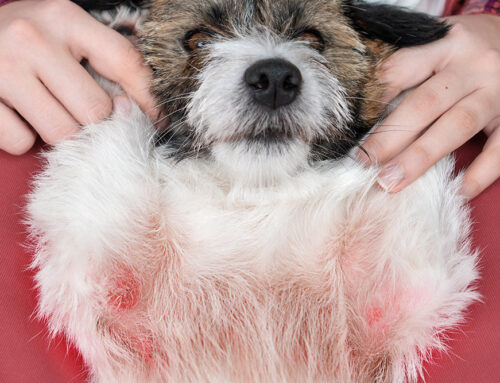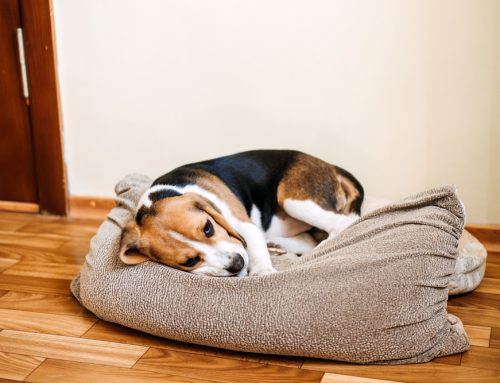What is the number one disease Drs. Whiteman, Hess and Connolly see on an hourly basis at Willow Wood Animal Hospital? Dental disease. Astonishingly, 80 percent of cats and dogs develop dental disease by the time they reach 3 years of age. This condition can cause far worse issues than bad breath—periodontal disease can cause significant pain for your pet, and may make eating difficult. As the inflammation and infection progress, their jawbone can be affected, causing deterioration and fracture. This is especially problematic for small dogs and cats. The bacteria that accumulate around your pet’s teeth can also be absorbed into their bloodstream and travel to organs such as the heart and kidneys, resulting in serious, life-threatening damage. Since your pet’s oral health is so important to their overall well-being, our team at Willow Wood Animal Hospital would like to explain how you can best ensure your pet’s teeth remain strong and healthy.
Veterinary dental evaluations for your pet
Your pet should have their oral health evaluated by a veterinary professional at least once a year. This procedure is performed while your pet is under general anesthesia, to make the process safe and less stressful
Prior to anesthesia, we will run a complete blood count, and a biochemistry profile and an ECG to assess your pet for underlying conditions. Once the lab work has been evaluated by one of our veterinarians, we can proceed with the dental evaluation and cleaning. This evaluation includes:
- Intravenous catheter — We will place an intravenous catheter to administer supportive fluid therapy, and to deliver anesthetic drugs and, if necessary, pain medication.
- Intubation — We will place a breathing tube, to protect your pet’s airway and provide oxygen and anesthesia during the procedure.
- Dedicated anesthetic monitoring — A registered veterinary technician will be dedicated to your pet during the entire procedure. The technician will continually monitor your pet’s vital signs, including oxygen saturation, heart function, respiratory rate, blood pressure and body temperature.
- Oral exam — We will assess your pet’s teeth, breath, and oral soft tissues, as well as palpate their lymph nodes and jaw bones.
- X-rays — Our dental technician will take dental X-rays, which are essential for diagnosing dental disease. This allows the veterinarian to assess each tooth and tooth root, and assess under the gumline.
- Detailed evaluation — We will thoroughly examine each of your pet’s teeth, checking for tooth root exposure, gingival pockets, mobility, and fractures. Loose and diseased teeth will need extraction at this time.
- Cleaning — We will use an ultrasonic cleaner to scale your pet’s teeth, and we will then polish above and below the gum line to clean their teeth. This process also helps prevent future plaque and bacteria from adhering to your pet’s teeth.
Dental home care for your pet
Dental home care is not a substitute for a professional dental evaluation, but brushing your pet’s teeth every day will promote good oral health, and can also prevent potentially expensive future dental conditions. What do you need to get started?
- Toothbrush — You can use an extra soft baby toothbrush, a sponge toothbrush, a specialty pet toothbrush that fits on your finger, or a gauze square wrapped around your index finger.
- Toothpaste — Never use any human toothpaste, which contains ingredients, such as xylitol, that can harm your pet. Special toothpastes specifically designed for pets that come in a variety of flavors, such as beef, chicken, fish, and peanut butter, are available.
- Patience — Your pet may take several weeks to adjust to the new routine. You can start by brushing their teeth twice a week, and gradually work up to daily brushing.
Steps to brush your pet’s teeth:
- Make it fun!
- Get your pet used to having their mouth manipulated. Rub their face and cheeks, and open their mouth.
- Dip your finger in chicken broth, peanut butter, or tuna water, and allow them to lick the yummy treat. While they are enjoying their treat, rub your finger along their gum line.
- Place a small amount of the pet toothpaste on your finger, and allow them to lick the toothpaste, rubbing your finger along their gum line in the process.
- Introduce the pet toothbrush, and gently brush a few teeth by lifting their lips to expose the front teeth.
- If they handle this well, place the pet toothpaste on the pet toothbrush, and brush your pet’s front teeth, using a circular motion to get below the gum line, praising them after you brush each tooth.
- Once your pet is comfortable having their front teeth brushed, gently move toward the back to brush their back teeth.
- You only need to brush the part of the teeth facing the cheeks. There is no need to brush the back surface of the teeth facing the tongue.
- Make sure you do something fun after the toothbrushing to show your dog or cat that toothbrushing is a fun, rewarding experience!
Other factors that can promote your pet’s oral health

Brushing your pet’s teeth between professional veterinary cleanings is the most effective way to keep their mouth healthy, but other factors can help improve your pet’s dental health.
- Diet — Foods specifically formulated to promote your pet’s dental health are available.
- Treats — Treats are available that control plaque, and freshen your pet’s breath.
- Chew toys — Appropriate chew toys that are not too hard, and do not break easily, can help remove tartar from your pet’s teeth.
The products you choose should carry the Veterinary Oral Health Council seal of approval, to indicate they have been proven to help control plaque and tartar.
Brushing your pet’s teeth will help maintain their overall well-being,and can be a bonding activity for you and your pet. If you would like to discuss your pet’s dental health, or to schedule a professional veterinary dental cleaning, do not hesitate to contact our American Animal Hospital Association (AAHA)-accredited team at Willow Wood Animal Hospital.







Leave A Comment